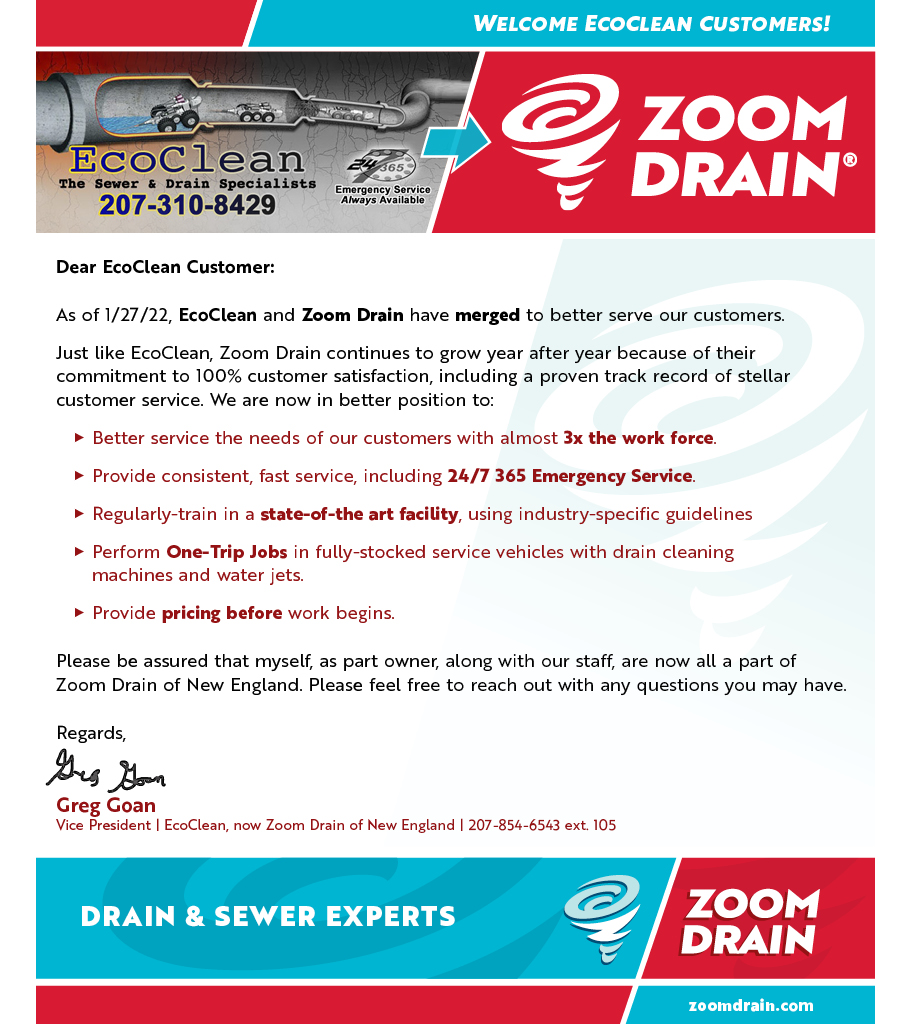If you are experiencing plumbing problems such as low water pressure, how do you fix it? Well, that depends on what’s causing the issue. It could be a valve that isn’t fully open, a water leak or a problem with your pipes requiring plumbing repairs.
Here are a few potential causes for low water pressure, as well as some ways you can troubleshoot the issue on your own.
The Problem is Localized
If there is only one spot in the building that is experiencing low water pressure, like a sink faucet, it could be a clogged aerator. To check, remove the end of the faucet and take out the aerator. Try running the water without it to see if the water pressure returns to normal. If it does, it could be a problem with the aerator. Examine it to see if there is any debris or buildup. If there is, try soaking it in a mixture of water and vinegar to clean it. If that doesn’t work, a replacement is inexpensive and can be purchased at your local hardware store.
Only Hot Water is Affected
If the pressure is fine when you run cold water, and only slows to a trickle when you turn on the hot, the problem could be with the hot water shut-off valve on the water heater. The valve should be completely open for water pressure to flow normally. If it is shut even a little bit, it can have a negative impact on your water pressure.
Water Pressure Throughout the Building is Low
If the entire building has low water pressure, it could be an issue with the pressure reducing valve (PRV), which is shaped like a bell and located on the line where water enters the building. Try turning the screw on the valve clockwise to tighten it, and then check to see if this resolves the problem.
If not, it could be the master shut-off valve, which is typically located either near the PRV or the in a separate box next to the water meter. If the valve is even partially closed, it can restrict water flow. Turn the valve until it is completely open, and then check your water pressure.
If neither of these potential fixes solved the problem, it could be a water leak. These are commonly caused by a running or leaking toilet. An easy way to check to see if a leaky toilet is the culprit is by putting a few drops of food coloring in the tank. Let it set for one hour, and then check to see if any of the color shows up in the bowl. If it does, you have a leak. This can typically be fixed by replacing the toilet flapper or filling mechanism.
None of These Fixes Solved the Problem. Now What?
If your pressure is still low, the issue could be with your pipes. They could be clogged with debris, roots that have grown into the pipes and caused a blockage or scale that has developed over time.
If you suspect the source of your plumbing problems is your pipes, give the experts at EcoClean a call. Our technicians will be able to evaluate your pipes and make any plumbing repairs necessary to get your water flow back to normal.


